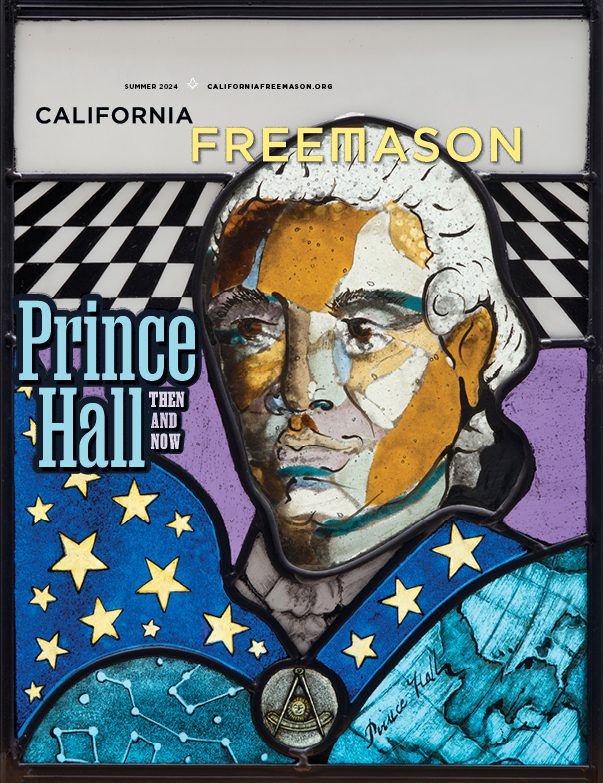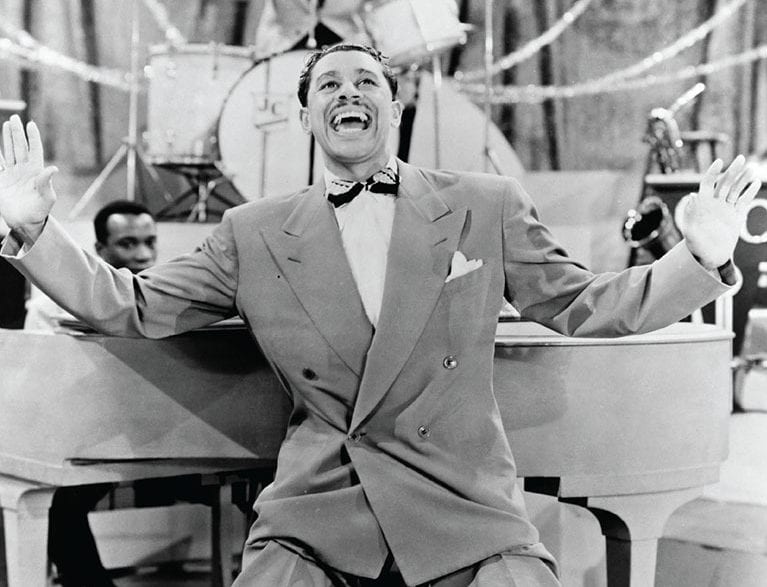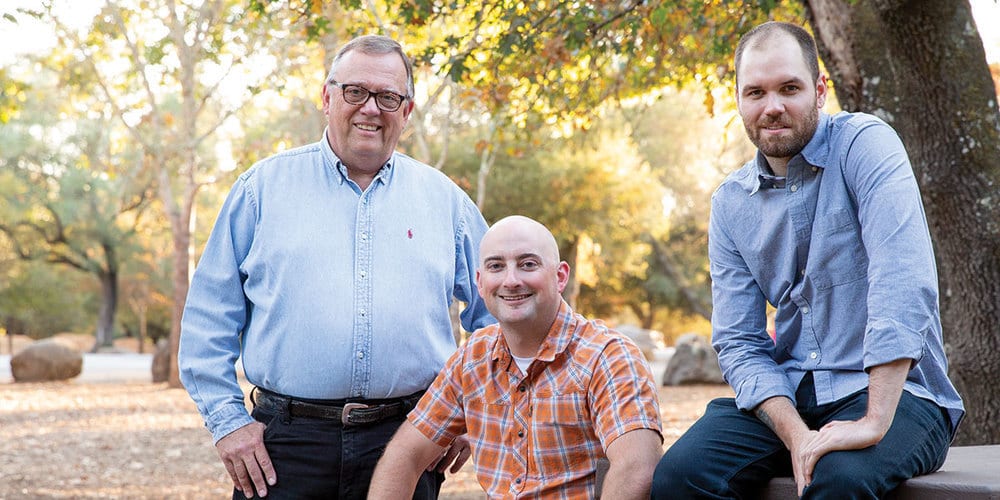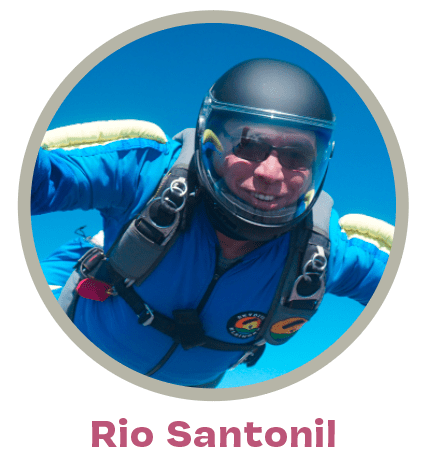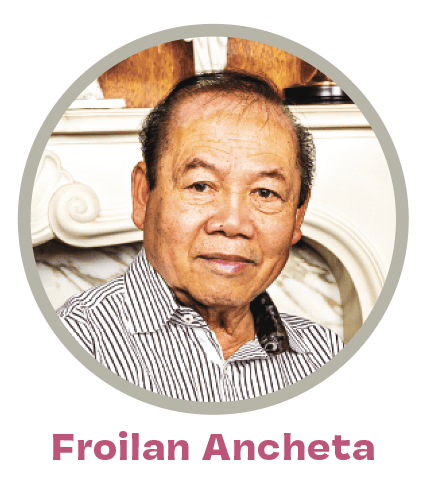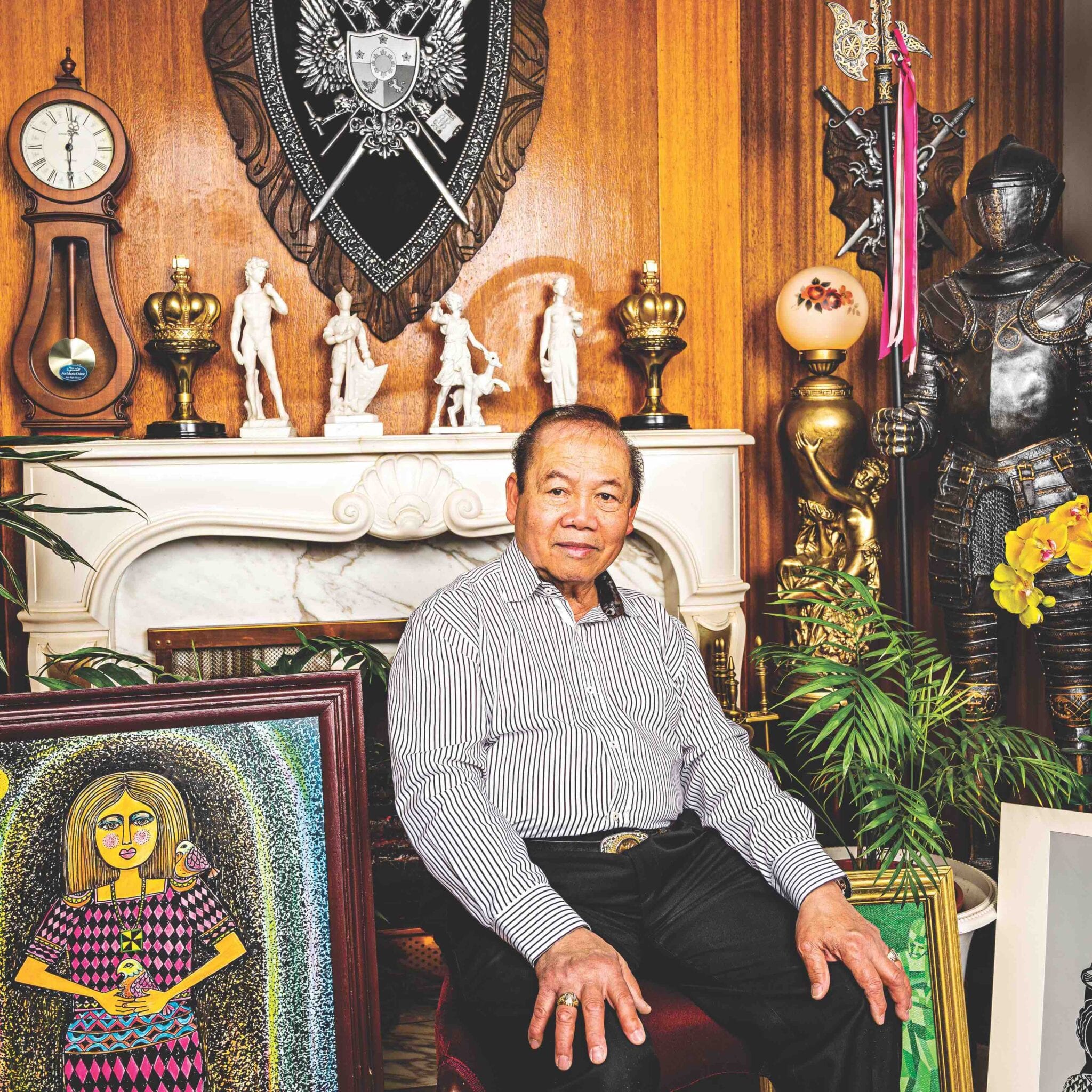
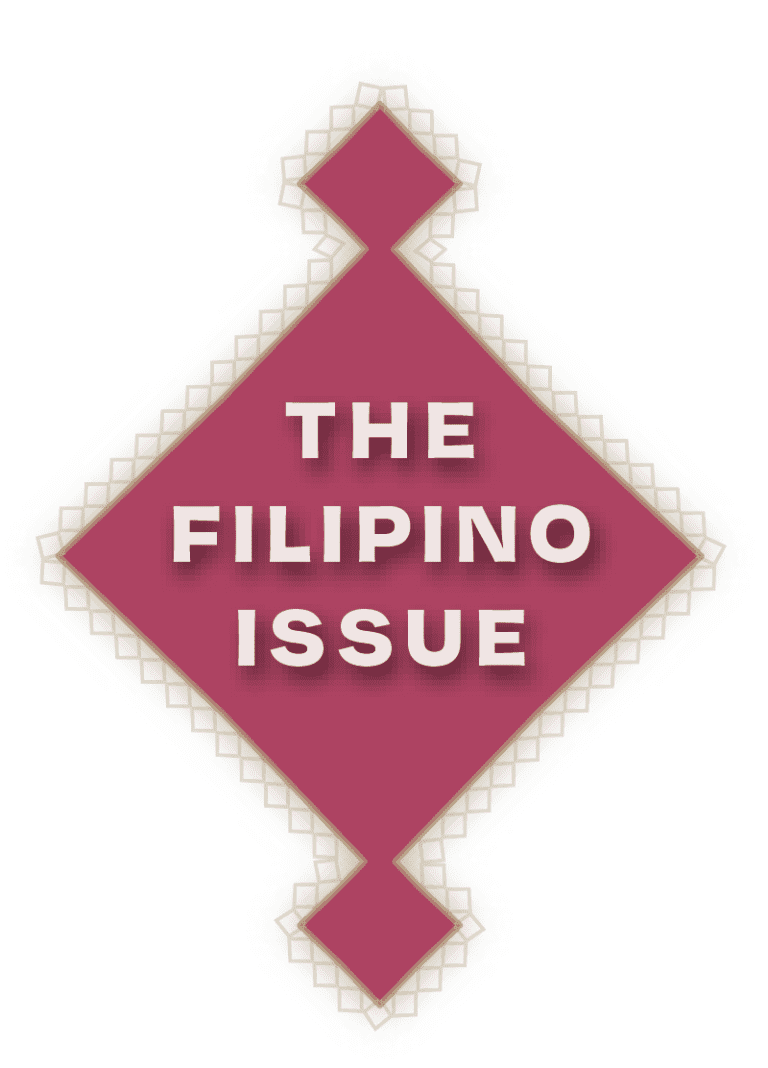
FACES OF FRATERNITY
Heritage Movement
How Freemasonry helped a first-gen Filipino American discover his roots
By Justin Japitana
Today, James Rualo is the go-to guy in Southern California for Filipino-themed Masonic regalia. His custom-made aprons and gauntlets, emblazoned with the eight-rayed golden star of the national flag, are the pride of not only his lodge, Coronado No. 441, but many of his neighbors as well. They can be seen in master’s portraits and lined up on lodge officers during all manner of ceremonies and celebrations. But for Rualo, that close connection to his heritage hasn’t always come naturally. Rather, he says, it’s been a years-long journey—and one reinforced by his journey through Freemasonry.
In fact, Rualo was rarely exposed to Filipino culture growing up. Born in San Diego to a Navy father and a nurse mother, both of whom immigrated to the United States as adults, Rualo lived as a child in a primarily white neighborhood. Without access to Filipino social groups and extended family, he says, he always felt a distance from his family’s roots. At home they spoke English. They never visited grandparents in Manila. “You don’t really think about it as a kid, being estranged from your heritage,” he says. “You’re only taught in school that the Philippines was colonized by the Spanish, simple as that, and that’s your only window into Filipino history.”
It’s a common phenomenon for the children of immigrants of many backgrounds. As the ties to home weaken, they have to learn the practices and language and customs of their culture secondhand, if at all. It wasn’t until Rualo was in college that he began to study his Philippine heritage. There, he was steered toward a Filipino history class, where he was exposed to figures like the independence figures Jose Rizal and Andres Bonifacio, both Freemasons.
The class struck a chord with Rualo, who immersed himself in the subject. But what he yearned for wasn’t just knowledge but connection. So in 2011, he followed in the footsteps of his father, Felipe, and petitioned to join Coronado No. 441. (Felipe became a member in 1989.) He took to it at once, and three months later, Rualo was raised a Master Mason. By 2013, he’d joined the officer line, and in 2018 served as lodge master. He also joined a special grand lodge committee on membership development and became a Grand Master Circle–level donor to the California Masonic Foundation. “It felt like family,” Rualo says. “The brothers were all so welcoming. To be with people who shared the same rich culture as me, it was enlightening. It felt like home.”
At Coronado No. 441, Rualo was able to experience firsthand Filipino culture. “Freemasonry and Filipino culture both emphasize fellowship,” he says. Lodge dinners and potlucks there tend to take on a distinctly Pinoy vibe, with piles and piles of homemade dishes, folk dancing, and music. The lodge also participates in Masonic cultural events like the Filipino Manlalakbpay na Guron Mason weekend and Masonathon, a degree conferral hosted jointly with Prince Hall Masons and other domestic grand lodges. There, he performed the first degree with a team of other Filipino-American Masons to a crowd of onlookers. “I don’t know how many Masons have seen an authentic Filipino barong, let alone witnessed a degree conducted by Masons dressed in them, but in that moment, I was really proud to share that part of my heritage,” he says.
His home lodge wasn’t his only connection to Filipino-flavored Masonry. As a member of the 935th Masonic District, Rualo was able to tap into a wide network of lodges around San Diego County, many with large Filipino contingents. Frequently, he says, the district’s lodges come together to hold joint degree conferrals. In 2019, he affiliated with East San Diego No. 561, and he now serves as lodge chaplain there. “Although we have different career backgrounds, speak different languages, and are separated by age, when we come together to confer a degree, we are really on the level,” he says.
A commercial graphic designer, Rualo leaned on those deep lodge connections to give him confidence to launch his side business creating Filipino-themed Masonic aprons and other regalia. Seeing them in action during tiled meetings—contributing to both his cultural and fraternal passions—was deeply satisfying, he says. Since then, he’s outfitted dozens of members with custom aprons. “As an artist, when you introduce something new, it can be met with skepticism. But to see seasoned and respected members of the lodge wear my products really affirmed my path, both professional and Masonic.”
PHOTOGRAPHY CREDIT:
Mathew Scott
More from this issue:


Executive Message: Pride and Heritage
Grand Master Arthur Weiss on a historic international connection.

